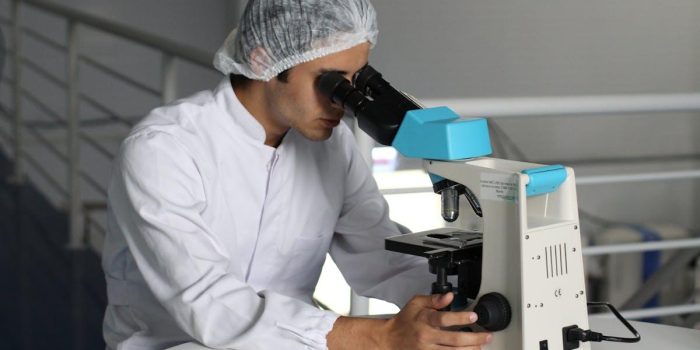
What is Susceptibility Testing?
Susceptibility testing, also known as antimicrobial susceptibility testing (AST), is a laboratory procedure used to determine the sensitivity or resistance of bacteria to various antimicrobial agents. This testing is crucial in guiding appropriate antibiotic therapy, ensuring that patients receive effective treatment and helping to combat antibiotic resistance.
The Disc Diffusion Method Explained
One of the most widely used methods for susceptibility testing is the disc diffusion method, often referred to as the Kirby-Bauer test. This technique is relatively simple, cost-effective, and provides clear visual results that help clinicians make informed decisions about antibiotic treatment.
How Does the Disc Diffusion Method Work?
The disc diffusion method involves the following steps:
-
Preparation of the Bacterial Inoculum: A bacterial sample is first cultured to obtain a pure colony. The bacteria are then suspended in a saline solution to achieve a standardized concentration, often measured using a turbidity standard such as the McFarland standard.
-
Inoculation of the Agar Plate: A sterile cotton swab is dipped into the bacterial suspension and then streaked evenly across the entire surface of an agar plate, usually Mueller-Hinton agar, to create a uniform bacterial lawn.
-
Application of Antibiotic Discs: Small paper discs impregnated with specific concentrations of antibiotics are placed on the surface of the inoculated agar plate. Each disc contains a different antibiotic, allowing for simultaneous testing of multiple drugs.
-
Incubation: The plate is incubated at an appropriate temperature, usually 35-37°C, for 16-18 hours. During this time, the bacteria grow, and the antibiotics diffuse radially from the discs into the agar.
-
Measurement of Zones of Inhibition: After incubation, the plate is examined for zones of inhibition, which are clear areas around the antibiotic discs where bacterial growth has been prevented. The diameter of these zones is measured in millimeters.
-
Interpretation of Results: The size of the inhibition zones is compared to standardized charts that correlate zone diameter with bacterial susceptibility. Based on these comparisons, the bacteria can be classified as susceptible, intermediate, or resistant to the antibiotics tested.
Advantages of the Disc Diffusion Method
- Simplicity: The method is straightforward and does not require complex equipment.
- Cost-Effective: It is less expensive compared to other susceptibility testing methods like automated systems.
- Visual Clarity: The clear zones of inhibition make interpretation relatively easy.
Limitations of the Disc Diffusion Method
- Qualitative Results: The disc diffusion method provides qualitative results (susceptible, intermediate, resistant) rather than quantitative values like minimum inhibitory concentration (MIC).
- Medium-Dependent: The effectiveness of the method can be influenced by the composition of the agar, incubation conditions, and inoculum size.
- Limited to Certain Bacteria: Some fastidious organisms or those requiring special growth conditions may not be suitable for this method.
Applications of the Disc Diffusion Method
The disc diffusion method is widely used in clinical microbiology laboratories to guide antibiotic therapy for infections caused by a variety of bacterial pathogens. It is particularly useful in settings where resources are limited, as it requires minimal equipment and is easy to perform. Additionally, the method plays a crucial role in monitoring antibiotic resistance patterns in healthcare settings, contributing to public health efforts to combat the rise of resistant bacteria.


